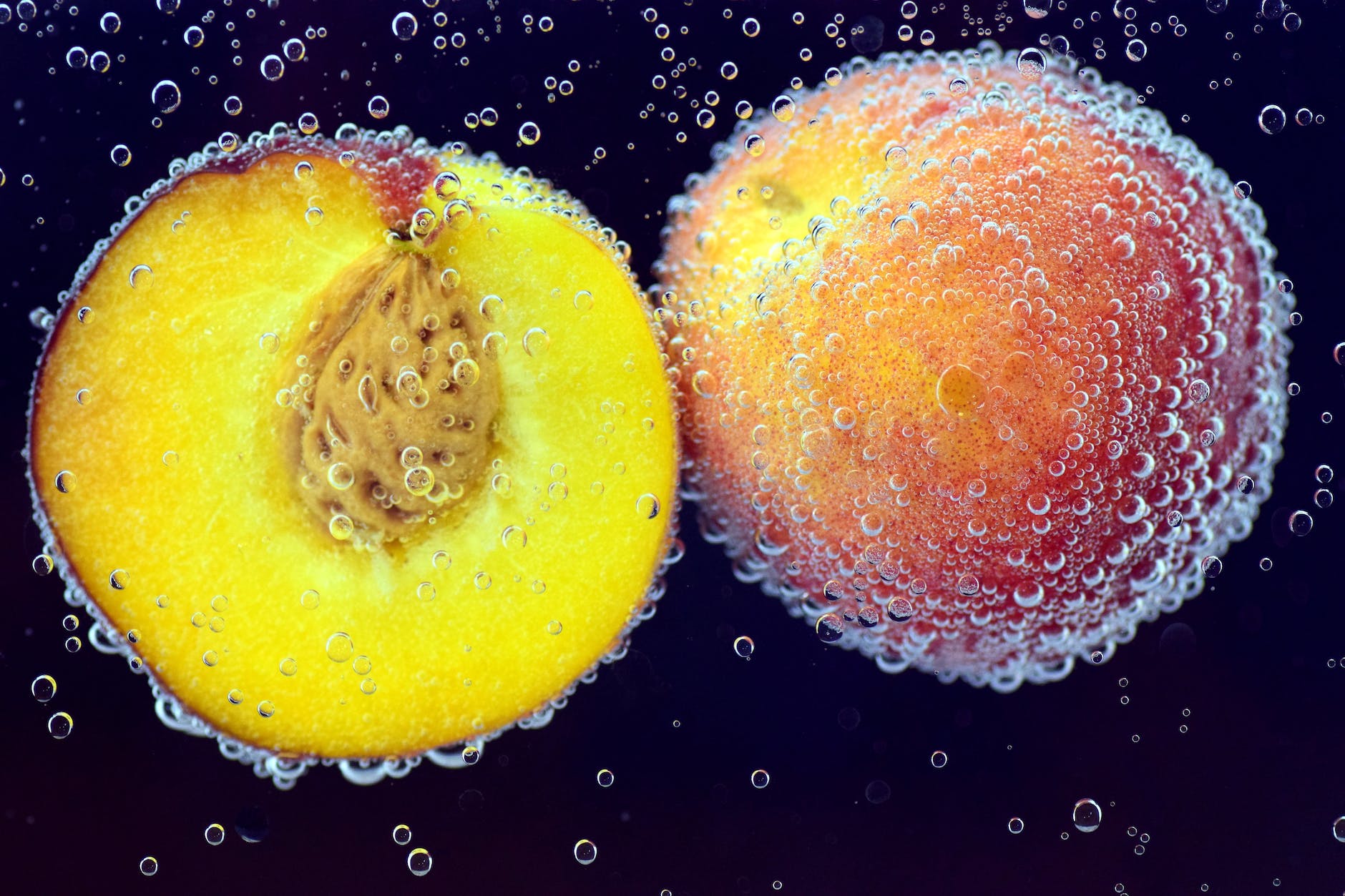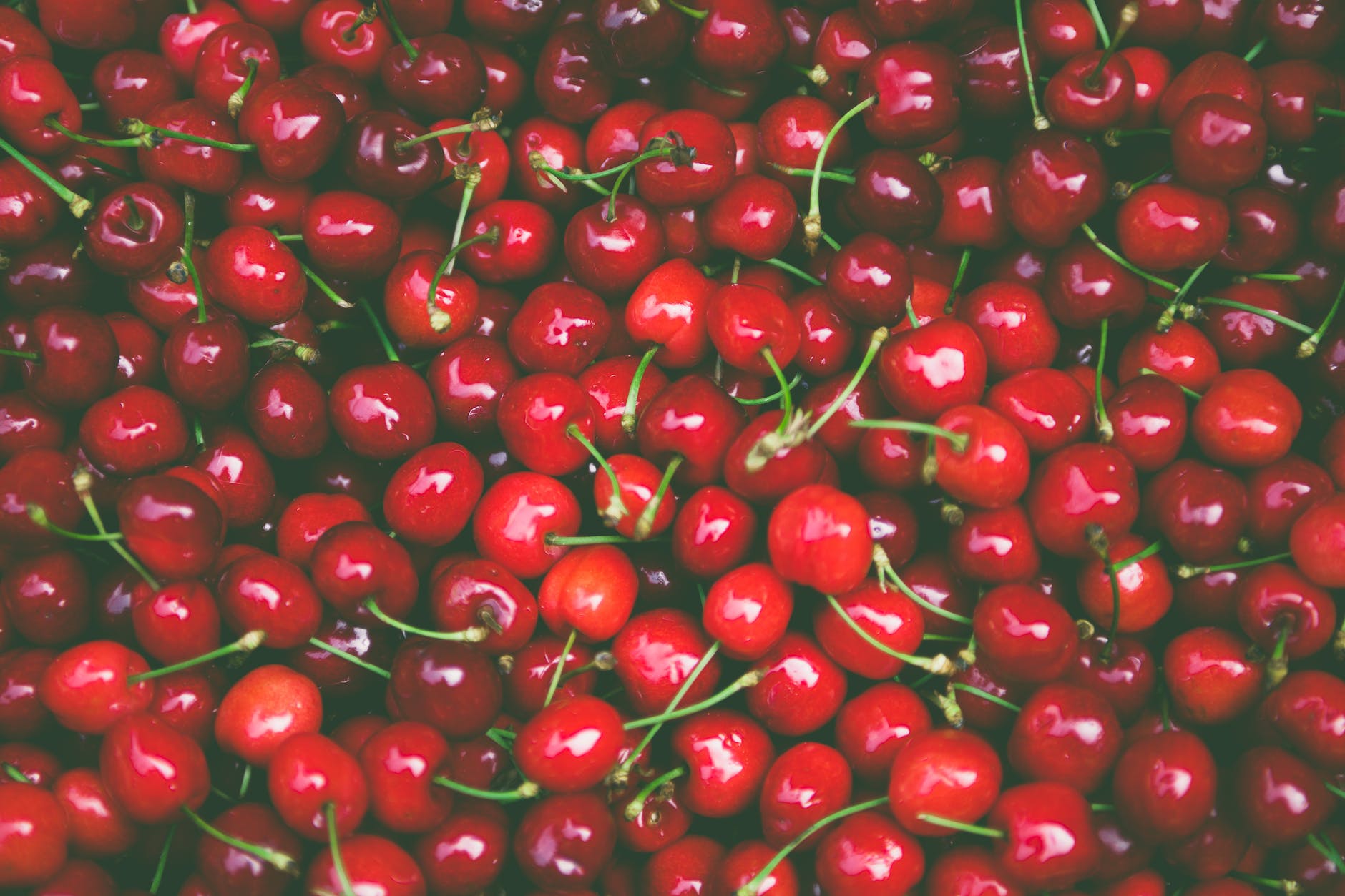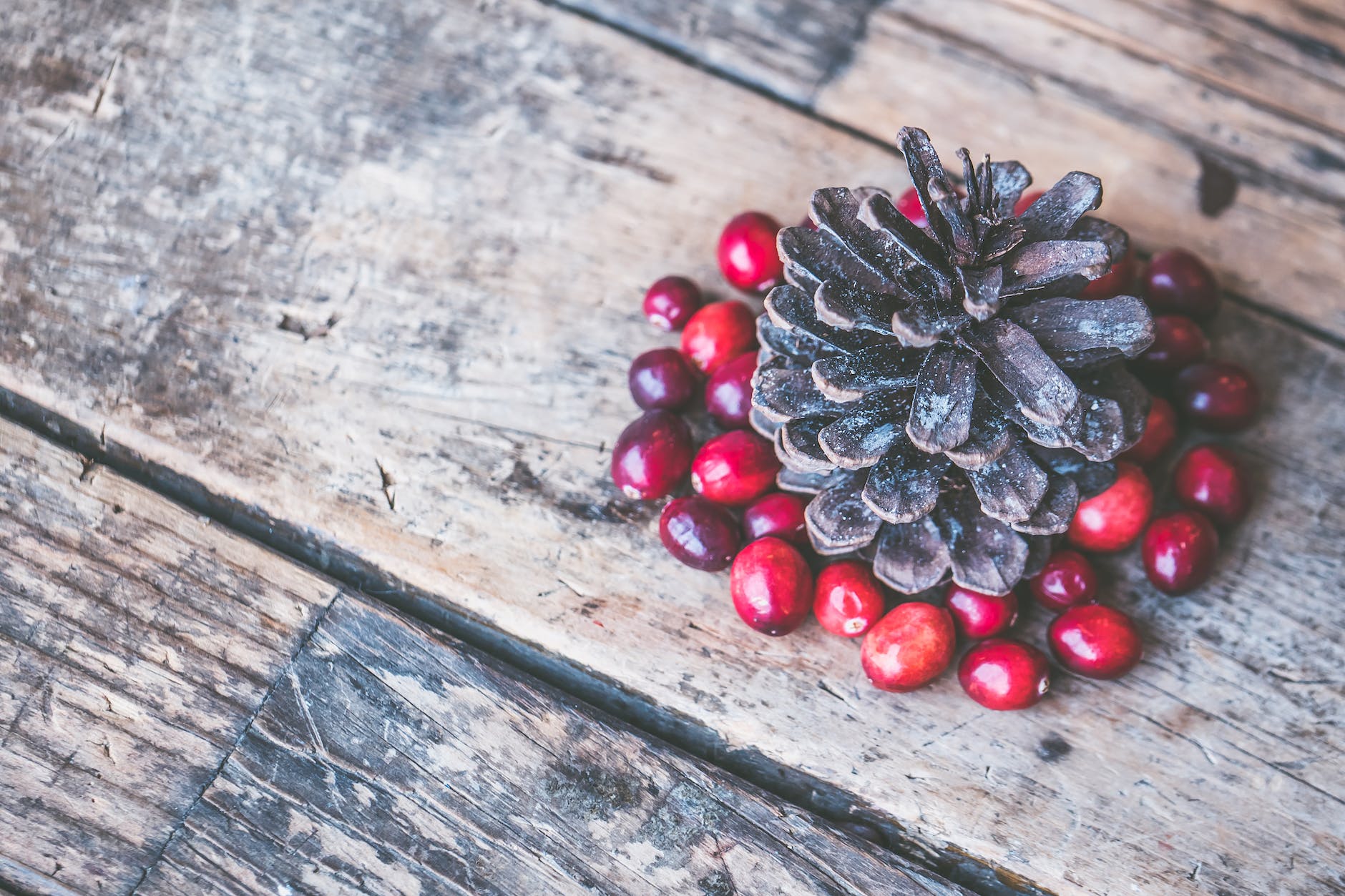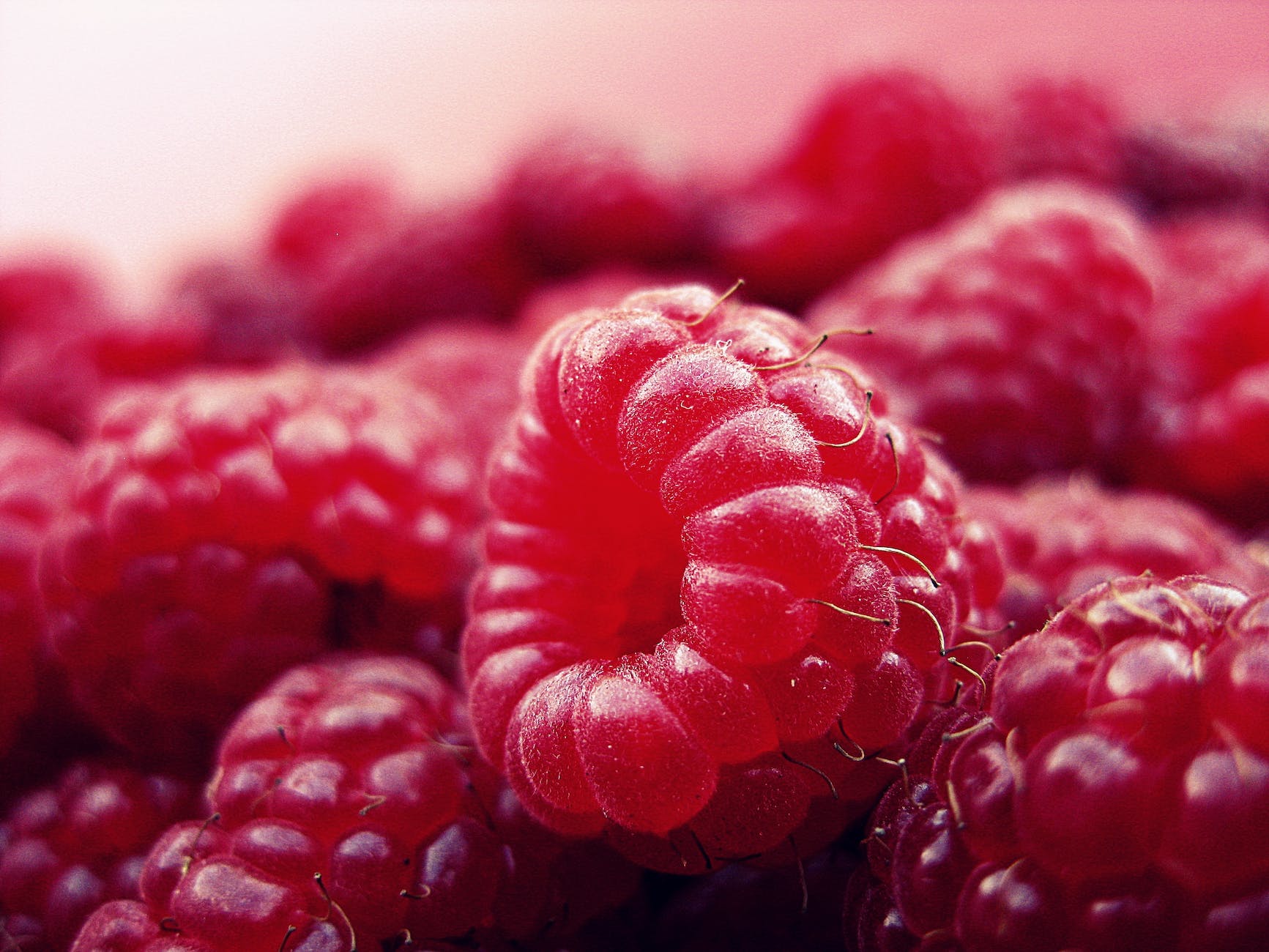
Introduction
The Peach, a member of the stone fruit family, is native to Northwest China and has been cultivated for thousands of years. Peaches are loved worldwide for their sweet, juicy flesh and pleasantly aromatic nature. They are available in two main varieties: clingstone and freestone, each offering unique qualities and uses.
is Peach Good for Weight Loss?
Peaches can be a beneficial addition to a weight loss diet due to their nutritional profile and low calorie content. Here are some reasons why peaches can support weight loss:
- Low in Calories: Peaches are relatively low in calories, with approximately 39 calories per 100 grams. Incorporating low-calorie foods like peaches into your diet can help create a calorie deficit, which is important for weight loss.
- High in Fiber: Peaches are a good source of dietary fiber, with around 1.5 grams of fiber per 100 grams. Fiber aids in digestion, promotes feelings of fullness, and can help control appetite. Including fiber-rich foods like peaches in your meals can contribute to a sense of satiety, reducing the likelihood of overeating.
- Hydrating Properties: Peaches have a high water content, which can help keep you hydrated and promote a feeling of fullness. Staying hydrated is important for overall health and can support weight loss efforts by preventing overeating that may be mistaken for thirst.
- Nutrient Density: Peaches are rich in essential nutrients such as vitamins A and C, potassium, and antioxidants. Consuming nutrient-dense foods is important for overall health and can help ensure you meet your nutritional needs while managing your calorie intake.
- Versatility: Peaches can be enjoyed in various ways, making them a versatile fruit to incorporate into your weight loss diet. You can enjoy them fresh, add them to salads, blend them into smoothies, or use them as a topping for yogurt or oatmeal.
While peaches can be a beneficial addition to a weight loss diet, it’s important to remember that overall dietary balance and portion control are key. Incorporating a variety of fruits, vegetables, lean proteins, whole grains, and healthy fats into your meals will provide you with a well-rounded and nutritious diet.
If you have any specific dietary concerns or health conditions, it’s always advisable to consult with a healthcare professional or registered dietitian for personalized advice and recommendations based on your individual needs.
Remember to join our community of food lovers at Eatlo Community to connect with others, share your experiences, and discover more about incorporating peaches and other healthy ingredients into your weight loss journey.
Benefits of Peach
Peaches offer several health benefits due to their unique nutritional composition. Here are some key benefits of consuming peaches:
- Rich in Vitamins and Minerals: Peaches are a good source of essential vitamins and minerals. They contain vitamin C, which supports immune function and collagen production, and vitamin A, which is important for healthy vision and skin. Peaches also provide minerals like potassium, which is crucial for heart health, and small amounts of calcium, iron, and magnesium.
- High in Antioxidants: Peaches are packed with antioxidants, including flavonoids and phenolic compounds. These antioxidants help protect the body against oxidative stress caused by free radicals, which can contribute to chronic diseases and aging. The antioxidant content in peaches may have anti-inflammatory and anticancer properties.
- Fiber-Rich: Peaches are a good source of dietary fiber. Fiber plays a vital role in maintaining digestive health, promoting regular bowel movements, and preventing constipation. Adequate fiber intake can also contribute to weight management by promoting feelings of fullness and reducing calorie intake.
- Hydrating Properties: With their high water content, peaches can help keep you hydrated. Staying hydrated is essential for overall health, as water is involved in numerous bodily functions, including temperature regulation, nutrient transportation, and waste removal.
- Promotes Skin Health: The antioxidants and vitamin C in peaches can benefit skin health. They help protect against oxidative damage, support collagen synthesis, and may improve skin elasticity and appearance. Peaches can contribute to a healthy, glowing complexion.
- Supports Heart Health: Peaches are low in saturated fat and sodium, making them heart-friendly. The potassium content in peaches helps maintain healthy blood pressure levels, while the fiber and antioxidants support cardiovascular health by reducing the risk of heart disease.
- Weight Management: Peaches are a low-calorie fruit, making them a good choice for those watching their calorie intake. The fiber content in peaches promotes feelings of fullness, which can aid in weight management by reducing overeating and snacking.
It’s important to note that individual nutritional needs and health considerations may vary. Peaches can be enjoyed fresh, added to salads, smoothies, or desserts, or used in various culinary preparations. Incorporating a variety of fruits and vegetables into your diet is key to reaping the maximum benefits for overall health and wellbeing.
Remember to join our community of food lovers at Eatlo Community to connect with others, share your experiences, and discover more about incorporating peaches and other nutritious ingredients into your meals.
Nutritional Profile of Peach
In every 100 grams, fresh peaches offer:
- Calories: 39
- Protein: 0.91 grams
- Fat: 0.25 grams
- Carbohydrates: 9.54 grams
- Fiber: 1.5 grams
- Vitamin C: 11% of the DV
- Vitamin A: 10% of the DV
- Potassium: 5% of the DV
- Niacin: 5% of the DV
A medium-sized peach (approximately 150 grams) with the skin on contains around 58 calories. The calorie content of a peach can vary slightly depending on its size and variety. However, peaches are considered a low-calorie fruit, making them a healthy choice for those watching their calorie intake.
It’s important to note that the calorie content mentioned is for a peach with the skin. The skin of the peach is thin and edible, and it provides additional dietary fiber and nutrients. The skin also contains antioxidants that contribute to the overall health benefits of the fruit.
Peaches can be enjoyed as a snack on their own, added to salads, used in smoothies, or incorporated into various recipes. They provide a naturally sweet and flavorful option while keeping the calorie count relatively low.
If you are tracking your calorie intake for specific health or weight management goals, it’s always advisable to refer to a reliable source or consult with a registered dietitian for accurate information based on your specific needs.
Health Benefits
The consumption of peaches offers several health benefits:
- High in Antioxidants: Peaches are rich in antioxidants, including vitamin C and chlorogenic acid. These compounds help combat oxidative stress in the body.
- Promotes Skin Health: Thanks to their vitamin A and C content, peaches can contribute to healthy skin by enhancing collagen synthesis and offering protection from UV damage.
- Aids Digestion: Peaches contain dietary fiber that supports good digestive health by preventing constipation and promoting regular bowel movements.
Potential Warnings
While peaches are generally safe for most people, there are a few considerations:
- Allergy: Some people might be allergic to peaches. Symptoms of an allergic reaction could include itching or swelling in the mouth and face, hives, shortness of breath, and, in severe cases, anaphylaxis.
- Pesticide Residue: Peaches often contain pesticide residues. To minimize exposure, it’s best to wash them thoroughly or opt for organic peaches.
Weight Loss Benefits
Peaches can be a beneficial addition to a weight loss plan due to:
- Low-Calorie Snack: Being low in calories and high in water content, peaches can make for a refreshing, satisfying snack.
- Dietary Fiber: Their fiber content contributes to feelings of fullness, reducing overall calorie intake.
Five Practical Ways to Incorporate Peaches into Your Diet for Weight Loss
- Peach Smoothie: Blend peaches, low-fat yogurt, and a touch of honey for a sweet and satisfying smoothie. This can serve as a low-calorie breakfast or snack.
- Grilled Peaches: Grilling peaches brings out their natural sweetness. Enjoy them as a dessert or pair with lean meats like chicken or fish.
- Peach Salad: Add sliced peaches to your salads for a sweet twist. They go well with spinach, goat cheese, and a drizzle of balsamic glaze.
- Peach Iced Tea: Brew your tea with fresh peaches for a refreshing, low-calorie beverage. It’s a great way to hydrate and enjoy the flavor of peaches.
- Peach Salsa: Make a peach salsa with diced peaches, tomatoes, onions, and cilantro. This can be a healthy topping for grilled chicken or fish, or used as a dip with whole grain crackers.
Conclusion
Peaches, with their succulent flavor and impressive nutrient profile, are a beneficial addition to any balanced diet. Their versatility makes them easy to incorporate into various dishes, allowing you to enjoy their health benefits while adding a touch of sweetness to your meals.














